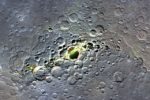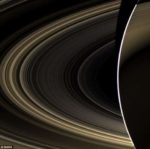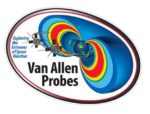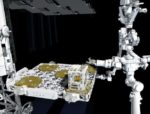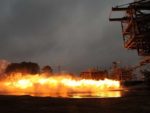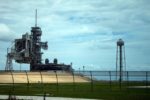NASA Released New High Resolution Color Mosaic Of Mercury
NASA’ robotic spacecraft MESSENGER (an acronym of MErcury Surface, Space ENvironment, GEochemistry and Ranging) has been studying Mercury’s chemical composition, geology, and magnetic field since March 18, 2011. NASA has released high resolution images of Mercury’s pockmarked surface.

